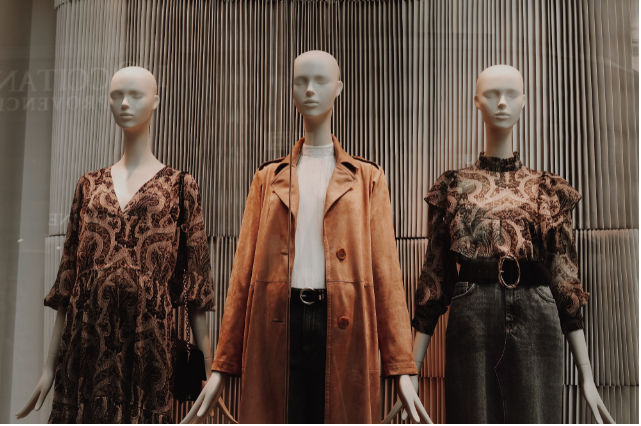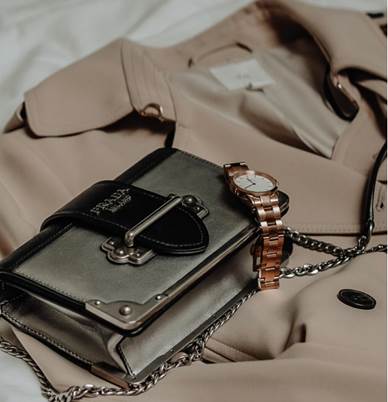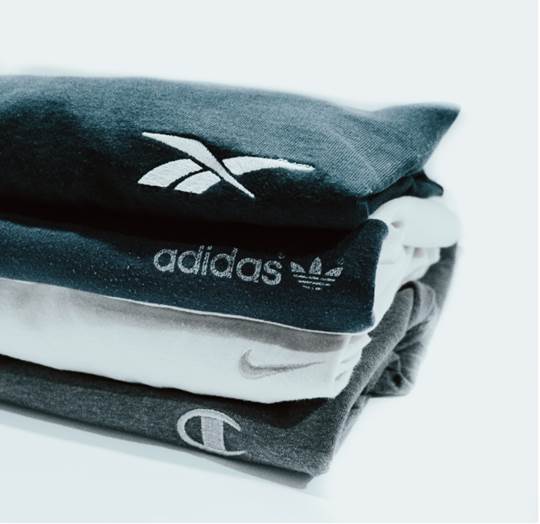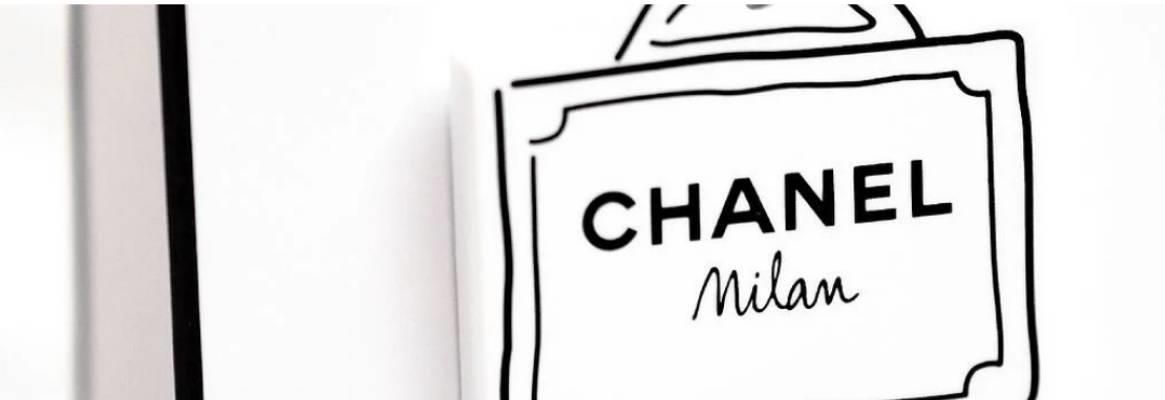Brands such as Dior have been around since 1946; just about 44 years later, fast fashion started knocking on the door of the apparel industry, starting with brands like Zara. Even though fast fashion has grown quite popular these days, luxury fashion brands remain on the market, and in fact, set the trends that fast fashion brands end up trying to replicate quicker and cheaper.
Have you ever thought about why luxury fashion brands haven’t hopped on the fast fashion trend? We’ll explore why they’ll always remain luxurious here.

3 Things That Make Luxury Brands Luxurious
Oh, how we love to shine in expensive clothing. We feel beautiful! Luxury brands give us a sense of power. Despite the price tags, most luxury customers understand why designer clothing brands are expensive and don’t mind paying extra to wear them. Shallow observers may say that luxury shoppers pay just to wear the name, but they’re paying for more than just the label. Here are three reasons why luxury brands have and will continue to put a dent in customer pockets.
1.Time to Design, Source, and Produce

Yikes! The market loves designer clothes as much as it loves fast fashion. But, what makes luxury pieces worth so much more? Part of the cost is the time and skill that it takes to plan, sketch, and design these garments. These aren’t knock-offs getting ripped from another designer’s runway; these are the original designs that fast fashion brands may later try to lazily replicate. Part of the cost of luxury fashion serves to compensate those higher end designers for their time, effort, and elevated level of craftsmanship.
The cost also covers the time and labor it takes to create luxury products. With advanced technology, fast fashion companies can release garments four times faster than luxury brands. It can take a luxury brand an estimated four to six weeks to finish a garment, and their artisans need to be paid fairly for every bit of that time.
2. The Cost Of Labor
That ties into the next reason these garments are so expensive: labor. Plenty of fast fashion companies own sweatshops – unfortunately, so do some luxury brands. Sadly, most sweatshop workers receive about three cents an hour or up to six dollars an hour, depending on the company. That’s hardly a living wage, even in economies less robust than those of the U.S., UK, or Australia.
Garment workers should be paid for all their labor, mainly because of the overtime and environment. In America, the minimum wage is seven dollars and fifty cents. Garment workers should be paid above that amount. Luxury brands that pay their workers fairly will necessarily cost more because those labor costs figure into the cost of the garments on the whole.
3. Limited Garments
Limited edition luxury garments generate hype. Luxury brands don’t produce the same mass quantity of clothing and can therefore afford to use materials that tend toward the expensive rather than the cheap, which in turn, generates a bigger end cost to the customer. This raises the value of their products.
The Pros and Cons of Luxury Brand-Fast Fashion Collaborations

The Pros of Fashion Collaborations
Despite their differences, luxury and fast fashion brands have collaborated in the past. Remember when Balmain, a French luxury brand, and H&M collaborated? Balmain helped H&M create higher-end garments at affordable prices. With both parties working together, their designs were seen by a larger overall audience and succeeded in attracting those who normally would not shop at each others’ store. Brand collaboration is an advertisement; it spreads the word about your brand and its designs, and even between brands selling in different markets or verticals, they can prove highly beneficial.
The Cons of Fashion Brand Collabs

While collaboration is excellent, it can mislead some. Luxury brands are luxurious for a reason. When designer brands collaborate with cheaper or fast fashion brands, the audience that buys from those fashion companies may expect the same grade A material that luxury brands use for their private label collections. However, if a luxury brand is working with a lower fashion brand, the garment probably won't use the same caliber of material as what they sell on their website or in their stores.
Designer Brands Will Remain the Dominant Tastemakers
Luxury fashion will remain so. While fast fashion and luxury brands do compete to an extent, make no mistake, their lines will never permanently merge or blur. High end fashion brands don't need to move towards fast fashion because their materials, labor, and the time it takes to make them results in timeless products. Wearing designer clothes is a status that most people wish to obtain. That is one reason why fast fashion will always likely mimic designer brands.
Designer brands are the blueprint for fast fashion brands, except they are the originals and are made from quality material. Their design, sourcing, and production process also differs significantly from fast fashion’s overproduced garments. Thanks to this, and the resulting status that designer clothes hold in our culture, luxury brands will always remain the leaders in fashion.
This article has not been edited by Fibre2Fashion staff and is re-published with permission from makersvalley.net








Comments